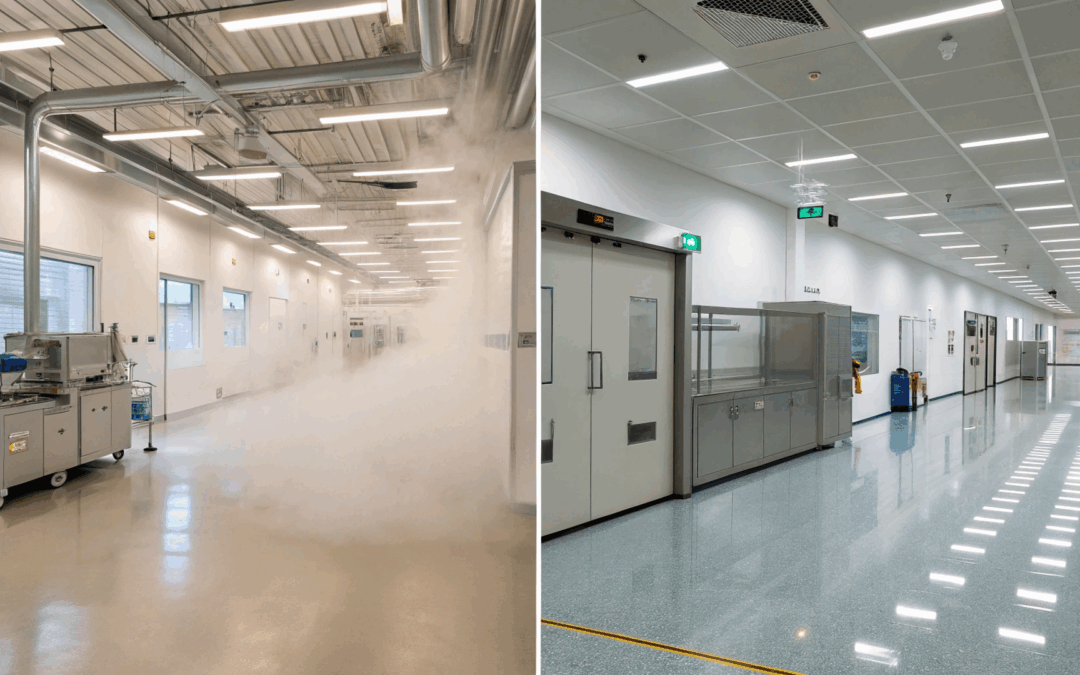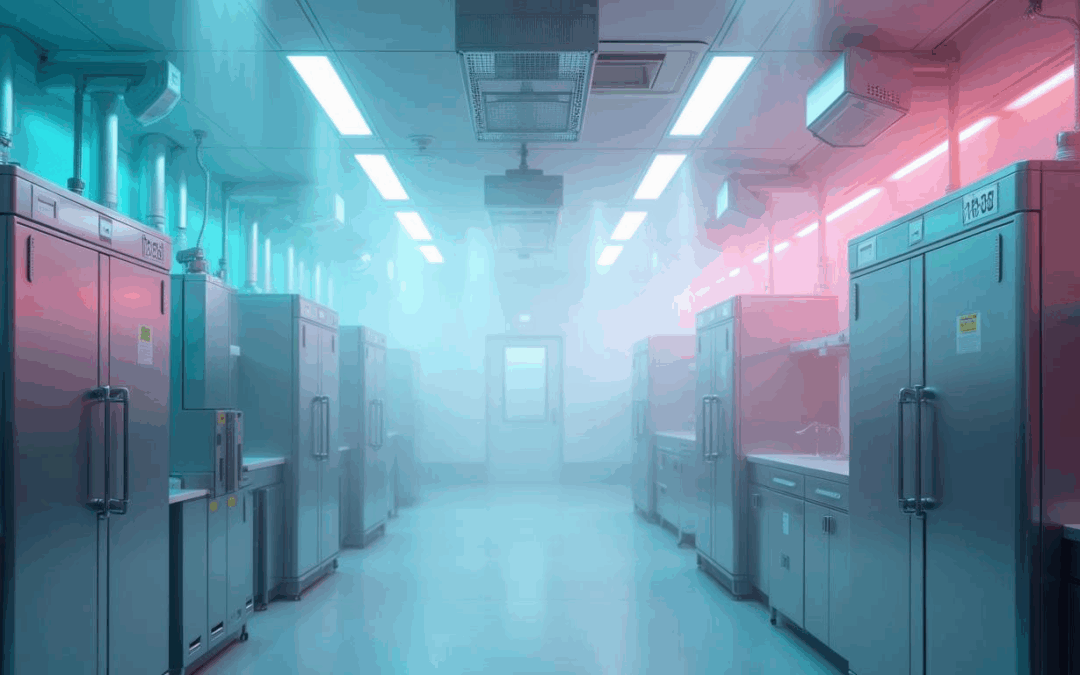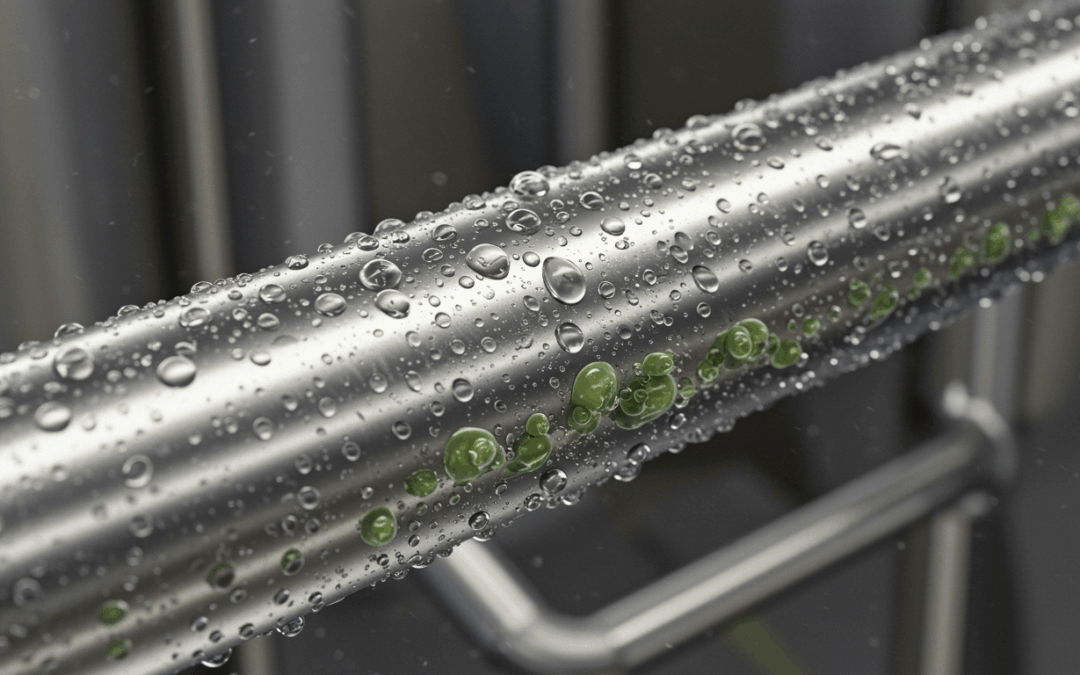When you’re involved in the food and beverage industry, there’s a lot to think about. From finding the right processing machines to ensuring quality control over the contents of your food, every factor plays a crucial role in your success as an industry or company. This also includes the need for humidity in food and beverage plants.
Humidity in food and beverage plants is usually about properly managing water content in areas where food products and beverages are being produced. It’s often the key to ensuring optimal product quality that can later be approved for distribution by reaching the end of the food chain.
When you’re focusing on the humidity in food and beverage plants, it’s important to keep various steps and industrial requirements in mind, including the food’s exposure to water, the temperature of the surrounding atmosphere, and other prerequisites. Here are some things you can do to ensure optimal humidity levels:
Prevention of Surface Drying and Evaporation Loss
If there are two rules for proper humidity in food and beverage plants, they’re usually associated with the prevention of surface drying and keeping the evaporation levels moderate at all times. If the surface near a food processing station dries out, it can leave a crust or layer on the food product, affecting its quality, safety, and overall appearance.
Similarly, if the evaporation loss in these environments isn’t prevented, it can lead to reduced shelf life and a lesser yield than what’s expected.
Identifying and Executing the Right Humidity Levels
Sometimes the key to achieving humidity in food and beverage plants is knowing the right humidity levels for a specific indoor environment. Identifying the right humidity levels depends on multiple key factors.
These include the nature of food content, their need for humidity, the need to prevent dry surfaces, and the moisture levels inside a product.
Choosing the Right Industrial Humidification Systems
Lastly, your ability to ensure humidity in food and beverage plants usually only comes down to your choice of industrial humidification systems. These systems can be in the form of steam humidifiers, evaporative humidifiers, temporary humidification systems, and more, depending on your need to introduce moisture to the environment and ensure the seamless production of food products and beverages.
You can always achieve proper humidity in food and beverage plants by checking out our industrial humidification systems at Smart Fog. We use smart fogger technology to provide your facility with optimal moisture levels with some of our best commercial humidifiers. Contact us to learn more today!






